Accessible Travel in Budapest: Planning Your Trip
Budapest is really working hard to welcome travelers with disabilities. We've watched this beautiful city change a lot over the years. Sure, you'll still find those charming cobblestone streets and old buildings, but Budapest has been adding modern accessibility features everywhere. You can now use wheelchair-accessible metro lines and visit thermal baths that actually work for everyone.
The government takes this stuff seriously too. There's this law from 1998 (Act XXVI) that says all government services need to be accessible. We've seen the results firsthand. More than 90% of public transport is now accessible, major attractions have step-free access, and hotels are getting much better at providing truly inclusive rooms.
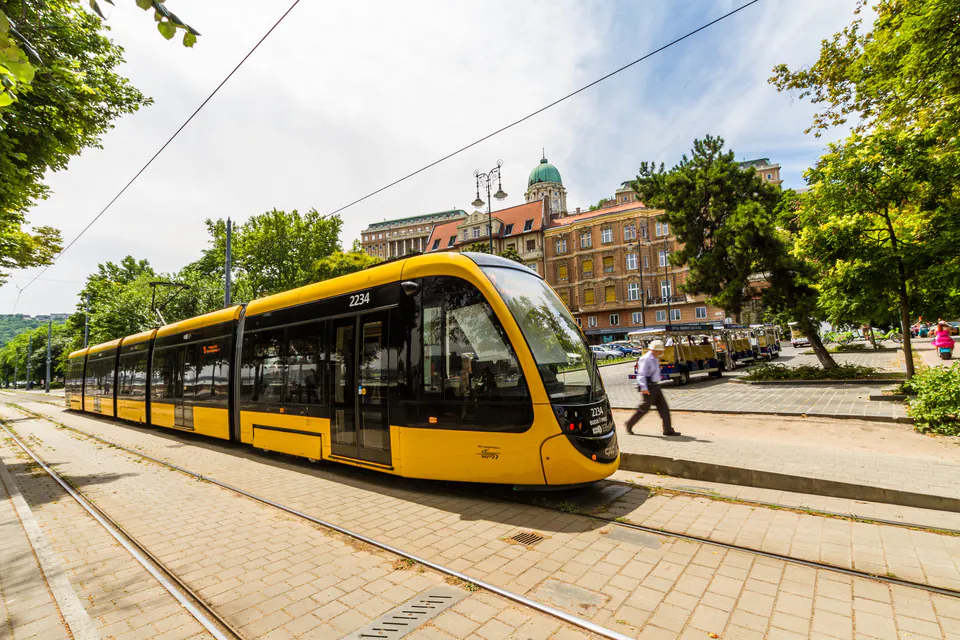
What's the Real Deal with Budapest's Accessibility
Getting around Budapest can be tricky because it's caught between keeping its historic charm and making everything accessible. BKK (the transport people) want 100% accessible public transport through something called the Budapest Mobility Plan. They're adding wider sidewalks, those bumpy tiles for blind people, talking traffic lights, and lowering curbs all over the city center.
But here's what we found when we actually visited. New stuff is almost always accessible. Old places are slowly getting better. Take Blaha Lujza Square - they did an amazing job making it accessible while keeping it looking historic. The problem is when places say they're "accessible" but don't tell you exactly what that means. Maybe you can get in without steps, but then you can't move around inside or use the bathroom.
We always tell people to do tons of research before going and call places directly. Don't just trust it when somewhere says it's accessible.
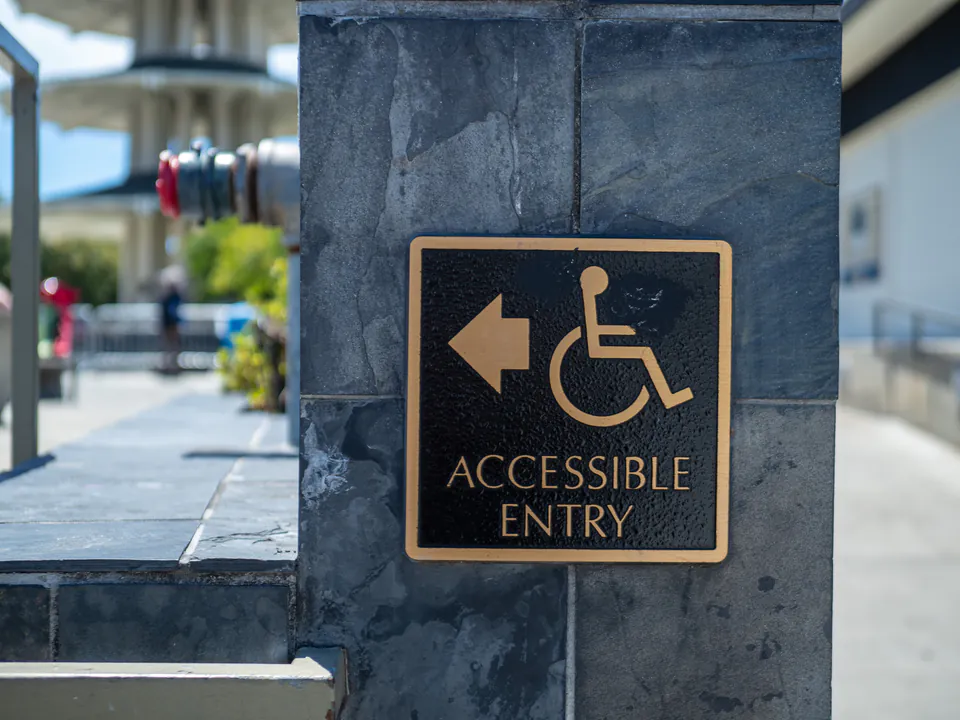
How to Actually Get Around Budapest
Getting from the Airport
Liszt Ferenc Airport is pretty good for accessibility. There are special transfer companies with wheelchair-accessible vans that will meet you at the gate, help with bags, and take service animals. Expect to pay around $38-40 per person, but you need to book ahead.
Paratrans is the company we hear about most. They use these Renault Master vans with ramps and proper wheelchair tie-downs. They don't just do airport runs either - they'll take you around the city too. You can fit multiple wheelchairs in one van. Email them at info@paratrans.hu or call +36 30 900 1603.
There's also Bus 100E which is way cheaper and goes straight from the airport to Deák Ferenc tér downtown. It's wheelchair accessible and costs much less than private transfers.
Figuring Out Public Transport
Budapest's public transport is a mixed bag when it comes to accessibility. The metro, buses, trams, and trolleybuses all have different levels of access. Once you understand the system, you can plan routes that actually work.
Metro Lines:
- M1 (Yellow Line): This is the old historic one. Looks cool but totally inaccessible for wheelchairs
- M2 (Red Line): Only three stations work for wheelchairs: Örs vezér tere, Pillangó utca, and Puskás Ferenc Stadion
- M3 (Blue Line): They're fixing it up. Right now you can use Újpest-központ, Újpest-városkapu, Gyöngyösi utca, and Forgách utca
- M4 (Green Line): This is the one you want. Every single station has elevators and full wheelchair access
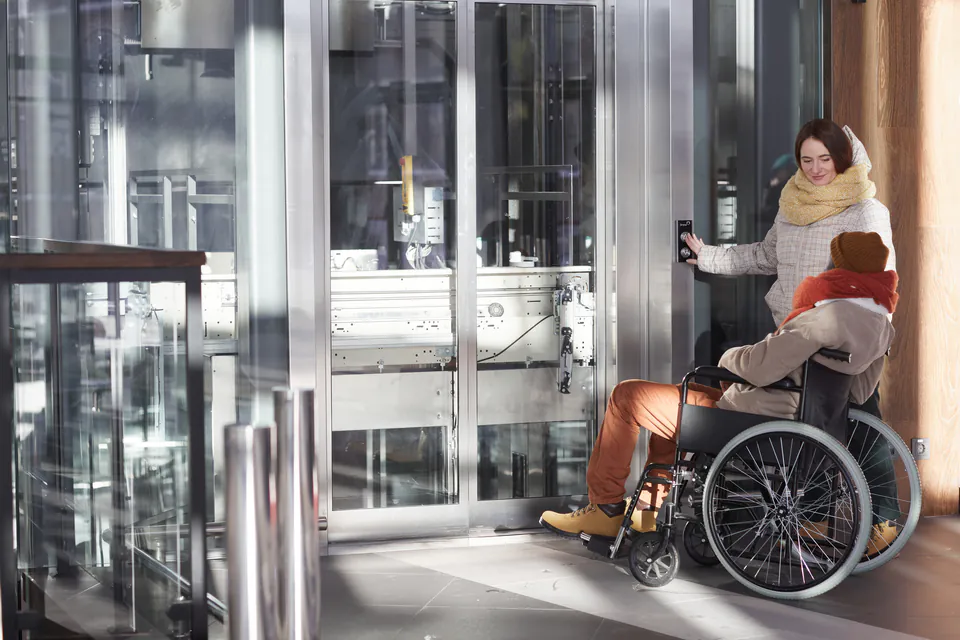
Buses Are Pretty Good: More than 90% of buses are low-floor now. Nights and weekends, it's 100%. Look for the wheelchair symbol on the door - that's where you get on. The driver will help with the ramp, though sometimes it's steep depending on the curb.
Trams and Trolleybuses: The newer Combino trams run on lines 1, 4, and 6. CAF trams are on lines 1, 3, 14, 17, 19, 42, 50, 56, 56A, and 69. About 30% of tram routes use these accessible vehicles. All trolleybus lines have some low-floor vehicles, with full accessible service on weekends and routes 70, 78, and 79.
Get the BudapestGO app. It's a game-changer. You can filter for accessible vehicles, see if the next bus coming is accessible, and buy tickets. We use it all the time when we're there.
Special Transport Options
BKK has this door-to-door minibus service for people with mobility issues. You can bring one person with you. Call +36 70 390 3414 between 8:00-16:00 on weekdays to book for travel during operating hours. Regular commuters get priority, so plan ahead.
Regular taxis won't work unless you can transfer out of your wheelchair and fold it up. Paratrans is really your only option for accessible taxi service in the city.
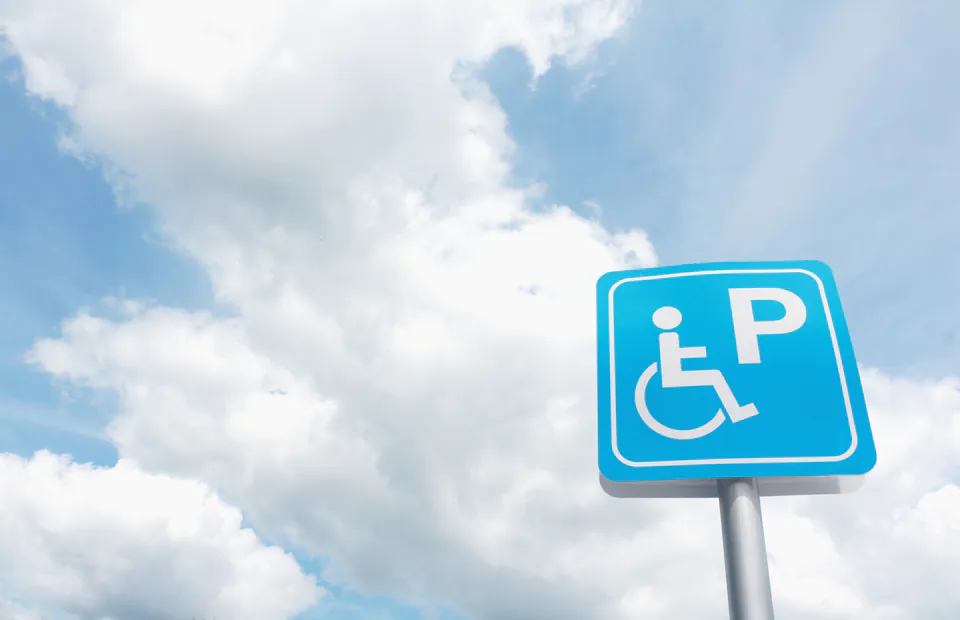
Parking and Getting Help
If you have a valid disability parking card (EU ones usually work), you get free parking all over Budapest's public areas. Just make sure your card is visible and use the spots with wheelchair symbols near building entrances. Some touristy areas like Buda Castle still charge everyone, though you might be able to drop off quickly.
Mapy.cz has interactive maps showing accessible parking spots, which helps when you're planning your route.
Where to Stay in Budapest
Budapest hotels are getting better with accessibility, but there's a huge difference between what places claim and what they actually have. Don't just book based on "accessible room" - you need to ask specific questions.
Recommended Accessible Hotels
| Hotel Name | Location | Accessible Rooms | Roll-in Shower | Key Features |
|---|---|---|---|---|
| Kempinski Hotel Corvinus | District V (City Centre) | 3 rooms near lifts | Yes (spacious with chair) | Wheelchair rental, underground parking, wide doors |
| Hotel Moments Budapest | District VI (Andrássy Avenue) | 1 accessible room | Yes (confirmed) | Grab bars, lowered fixtures, accessible restaurant |
| Dorothea Hotel Autograph Collection | District V | Multiple mobility rooms | Yes | Accessible valet parking, service animals welcome |
| Corinthia Hotel Budapest | District VII | ADA-compliant rooms | Yes | Accessible pool with lift, parking, dining options |
How to Book Accessible Rooms the Right Way
Call the Hotel Directly: This is super important. Don't rely on booking sites. Call and ask detailed questions about room size, bathroom layout, and how much space there is to move around.
Ask for Photos: Get them to send you pictures or videos of the actual accessible rooms and bathrooms. We've been burned before when "roll-in shower" turned out to be a regular tub with grab bars.
Get Everything in Writing: Make sure they confirm your accessible room features and tell you about emergency procedures for disabled guests.
Booking sites might list accessibility stuff, but it's often wrong. Use them to find hotels, then always double-check directly.
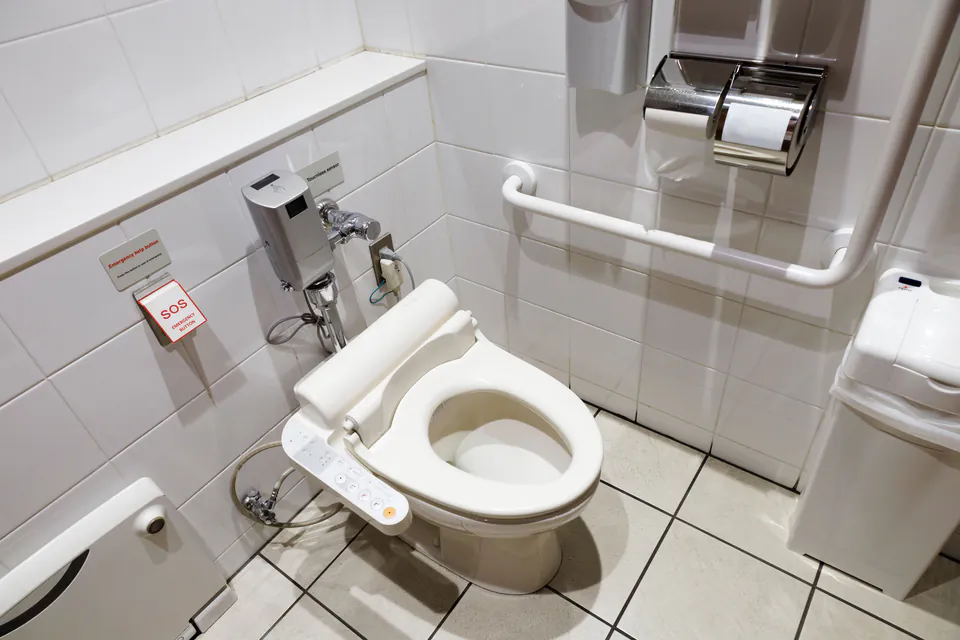
What You Can Actually Visit in Budapest
Budapest has tons of cool stuff to see, and more places are becoming accessible. Most government-run museums give free or cheap tickets to disabled visitors plus one companion.
Big Tourist Spots and Museums
Hungarian Parliament Building is awesome for accessibility. The Visitor Centre at Gate XII has everything - no steps, elevators, ramps, accessible bathrooms, and they'll even lend you a wheelchair. Book through jegymester.hu and email tourist.office@parlament.hu to set up any help you need.
Buda Castle is trickier because it's old and on a hill. The Sikló funicular has step-free access to get you up there, or you can take accessible buses (16, 16A, 116). Castle Garden Bazaar has elevators and escalators to make the climb easier. Once you're up there, the Hungarian National Gallery (Building B) and Budapest History Museum have level access, elevators, and accessible toilets.
St. Stephen's Basilica welcomes everyone with ramps and elevators that go all the way up to the dome. They have special seating too, but the dome elevator can have long lines during busy times.
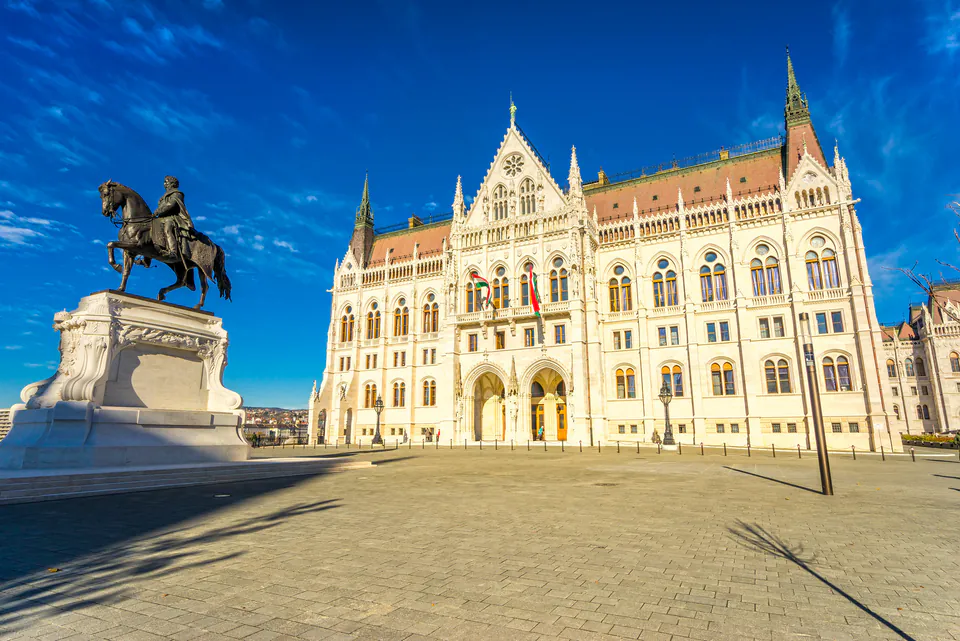
Heroes' Square and City Park are great for getting around with wide paths, ramps to monuments, and accessible bathrooms all over the park. The Budapest Zoo in City Park is completely step-free.
Margaret Island is mostly accessible with wide, paved paths connecting the musical fountain, Japanese garden, and recreation areas. Some gravel paths and small hills exist but don't really get in the way.
Thermal Baths - The Real Story
Budapest's famous thermal baths have very different levels of accessibility. The big difference is whether the pool lifts actually work.
Gellért Thermal Bath is your best bet. You enter through the thermal section and can access indoor thermal pools, saunas, and the main swimming pool. Most importantly, the pool hoists actually work for both the 38°C thermal pool and the 27°C swimming pool. There's an elevator on what used to be the women's side that gets you to the swimming pool, but you can't access the outdoor areas.
Széchenyi Thermal Bath is risky. We keep hearing conflicting reports about accessibility and the pool lifts seem to be broken most of the time. Some sources say there's wheelchair access at the Thermal Section from Kós Károly Walkway and accessible changing rooms, but the pool lifts don't work. They're doing major renovations since 2024 but not specifically for accessibility. Call +36-20 435 0051 to check current status before you go.
Other Options:
- Paskal Thermal Bath (Zuglo district) supposedly has accessible entry and working pool lifts
- Pesterzsébeti Thermal Bath (Csepel District) also has pool lift access
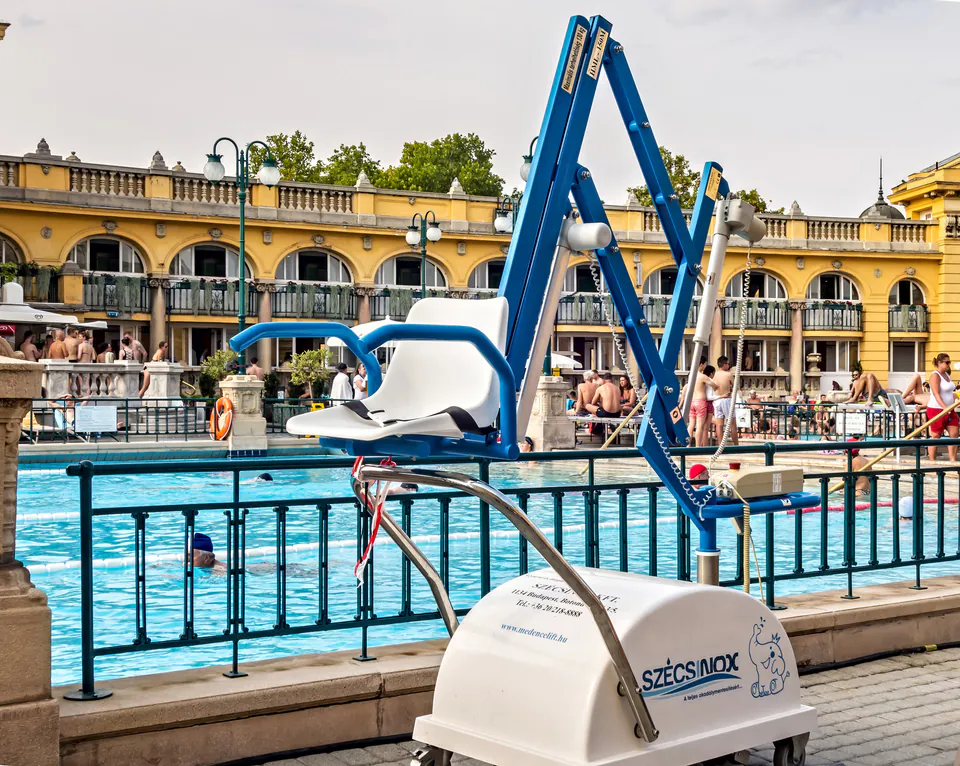
River Cruises and Tours
BudapestRiverCruise.com has wheelchair-accessible boats, especially their "Gondola" boat that serves the lower deck areas. Tell them you use a wheelchair when booking because electric wheelchairs might be too heavy for some boats. Bathroom accessibility depends on which specific boat you get.
GetYourGuide lists several cruises as wheelchair accessible, including "Historic Cruise with Welcome Drink" and "City Highlights Cruise." Double-check things like ramp access, how wide the gangway is, and onboard accessible facilities directly with the cruise companies before booking.
Finding Good Accessible Restaurants
Finding accessible restaurants in Budapest takes some planning, especially for bathrooms. Many places have ground-level dining but put their toilets in basements or upstairs.
How to Find Good Restaurants
Important Questions to Ask:
- Can you get to the main dining area without steps?
- Is there enough space between tables for wheelchairs?
- Are the accessible bathrooms on the same level as where you eat?
- Do they have outdoor seating during good weather?
Restaurants We Know Work:
- Rosenstein Vendéglő: Traditional Hungarian food with easy navigation and helpful staff
- Kiosk Budapest: Modern place with wide doorways and lots of space
- Spíler Shanghai (Gozsdu Courtyard): Asian food with ramps and accessible facilities
- Múzeum Café: Traditional and modern Hungarian food near the National Museum with ramps and adapted bathrooms
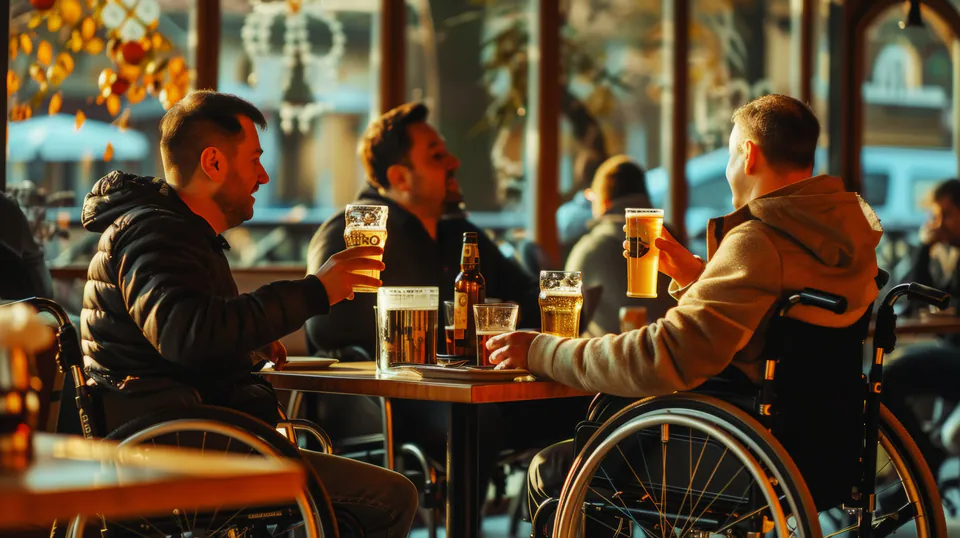
Gozsdu Courtyard has multiple accessible dining options in one vibrant complex, with ground-level courtyard seating and different types of food.
The key phrase to ask restaurants: "Van akadálymentesített mosdó ugyanazon a szinten, mint az étkező?" (Is there an accessible toilet on the same level as the dining area?)
Getting Around Budapest's Tricky Parts
Dealing with Cobblestones and Bumpy Streets
Budapest's historic charm includes some tough navigation challenges that need smart approaches.
Cobblestone Tips:
- Go slow and keep steady momentum
- Try going backward with your bigger rear wheels leading
- All-terrain wheelchairs make a huge difference in historic areas
- If you're good with manual wheelchairs, wheelie techniques can help
Curbs and Street Crossings: BKK is actively installing lowered curbs when they update infrastructure, but many existing crosswalks still have challenging lips or steps. Look for alternative crossing points when you hit problematic curbs, and give yourself extra time for finding routes.
Pest vs. Buda:
- Pest (East Side): Mostly flat and modern, much easier to get around independently
- Buda (West Side): Historic hills and cobblestones need more planning and maybe assistance
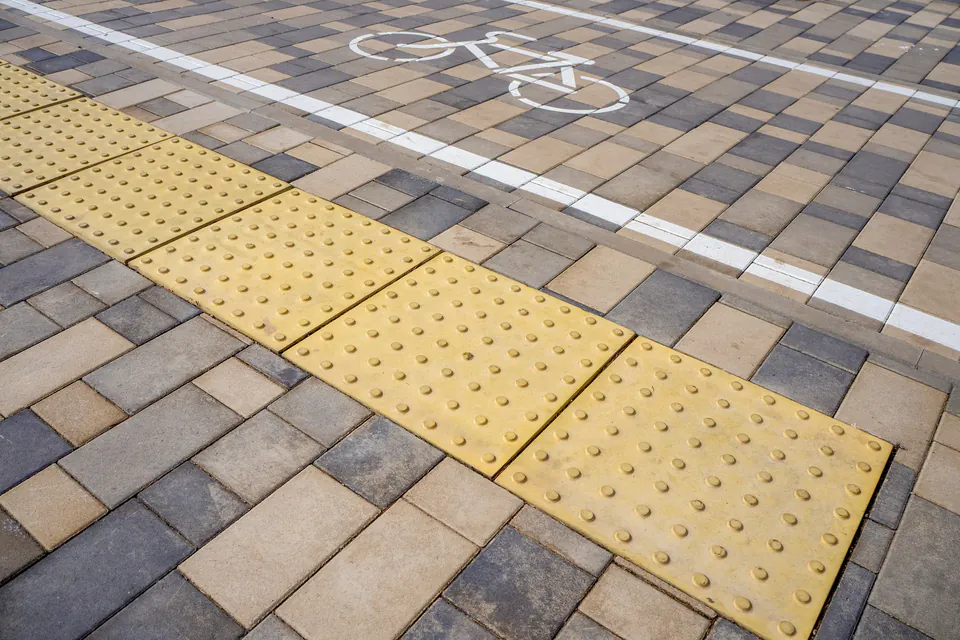
Renting Equipment and Getting Support
Motion4rent rents all kinds of mobility equipment including manual and electric wheelchairs, mobility scooters, walkers, and patient lifting equipment. You can book online and they'll deliver to your hotel and pick it up when you're done. They also have accessibility guides for major attractions.
Big attractions like Parliament Visitor Centre and Buda Castle museums might have basic wheelchairs you can borrow while you're there.
Finding Public Bathrooms
Accessible public toilets are hard to find because many are in underground passages that you can only reach by stairs.
Where to Look:
- City of Budapest's official map (works better on desktop) shows wheelchair-accessible public toilets
- BudapestGO app filters for accessible public toilet locations
- Shopping malls usually have accessible bathroom facilities
- Major tourist attractions typically include accessible bathrooms in their facilities
Other Options: Many cafes and restaurants in areas like Józsefváros and Erzsébetváros let you use their restrooms even if you don't buy anything.
Emergency Help and Communication
- General Emergency: 112 (works across EU, you can text 112, 112-SOS app available)
- Tourist Police: +36 1 438 8080 (English language crime hotline)
Useful Hungarian Phrases:
- Van akadálymentes bejárat? (Is there an accessible entrance?)
- Van lift? (Is there an elevator/lift?)
- Kérem, segítsen! (Please, help me!)
- Merre van a rámpa? (Where is the ramp?)
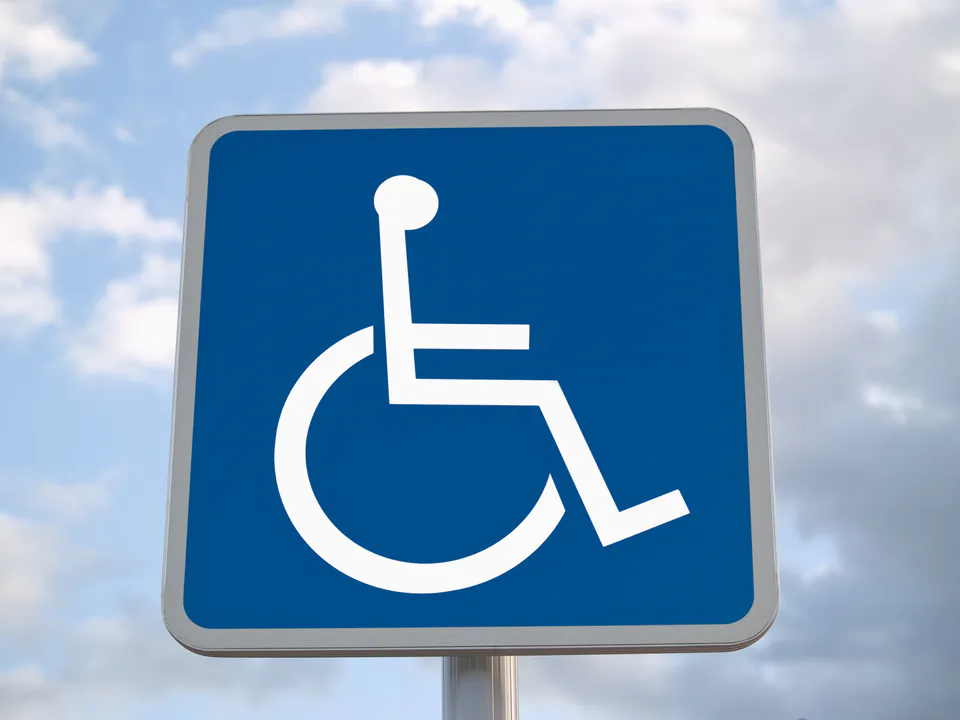
Helpful Resources and Support
Official Information
Budapestinfo (www.budapestinfo.hu) is the official tourism website with dedicated accessible travel sections and Access4you certification information for places that have been properly audited for accessibility.
Tourinform Offices are all over Budapest at key spots including city centre (2, Sütő utca), Buda Castle (Szentháromság tér), and Liszt Ferenc International Airport terminals. They have maps, can help you out, and sell Budapest Cards.
Disability Organizations
MEOSZ (National Federation of Organisations of People with a Physical Disability) is Hungary's biggest advocacy network for people with physical disabilities. Contact: 1032 Budapest, San Marco u. 76.; Email: meosz@meosz.hu; Phone: +36 1 388 2387.
MVGYOSZ (Hungarian Federation of the Blind and Partially Sighted) works with BKK on transport accessibility and those bumpy tactile tiles. Contact: 1146 Budapest, Hermina út 47.
Digital Help and Community
Access4you gives detailed, audited accessibility information for Budapest buildings and attractions through their website and mobile app.
Travel Resources:
- WheelchairTravel.org has comprehensive Budapest accessibility guides
- BKK.hu has definitive public transport accessibility information
- Motion4rent.com provides equipment rental and venue accessibility details
Online forums, travel blogs, and review sites like Euan's Guide have real experiences and current accessibility updates from other travelers.